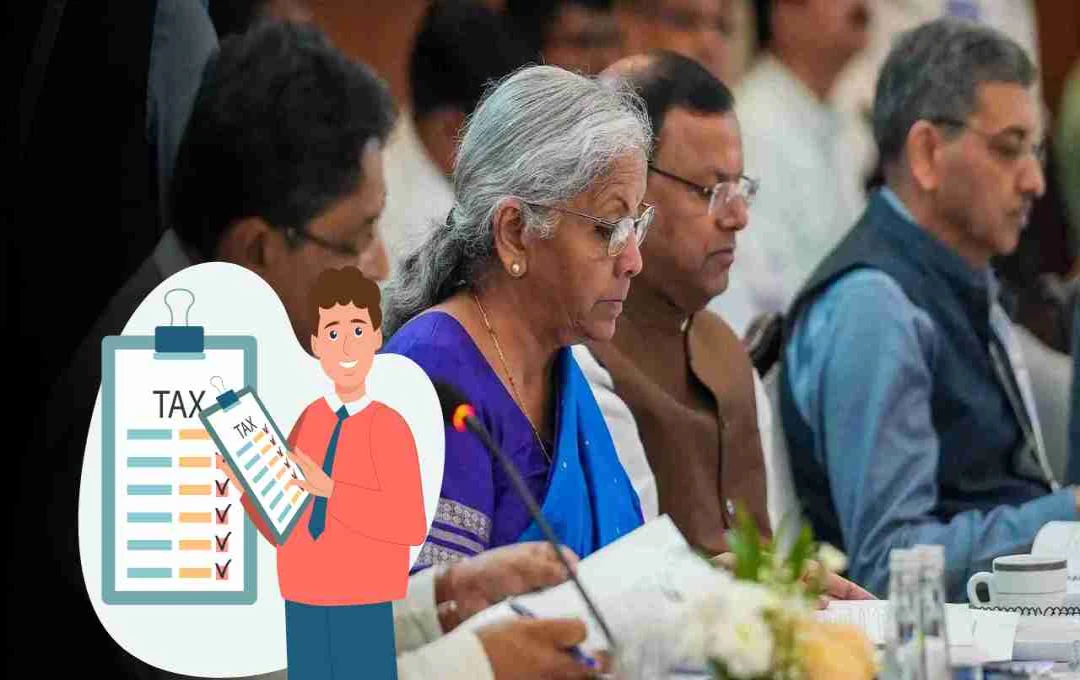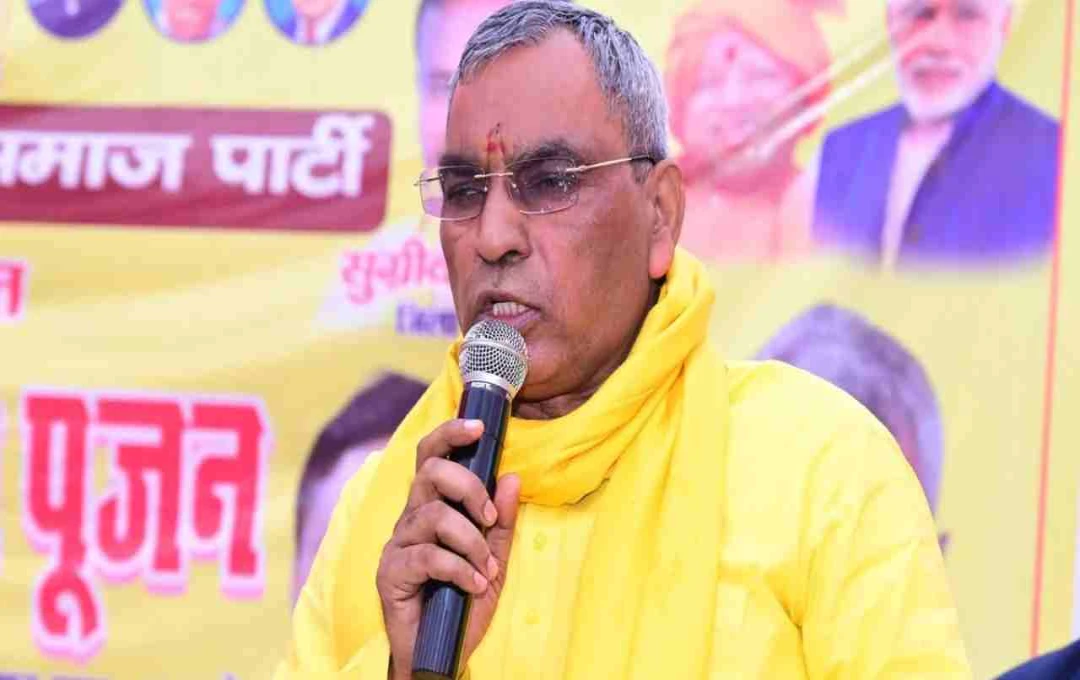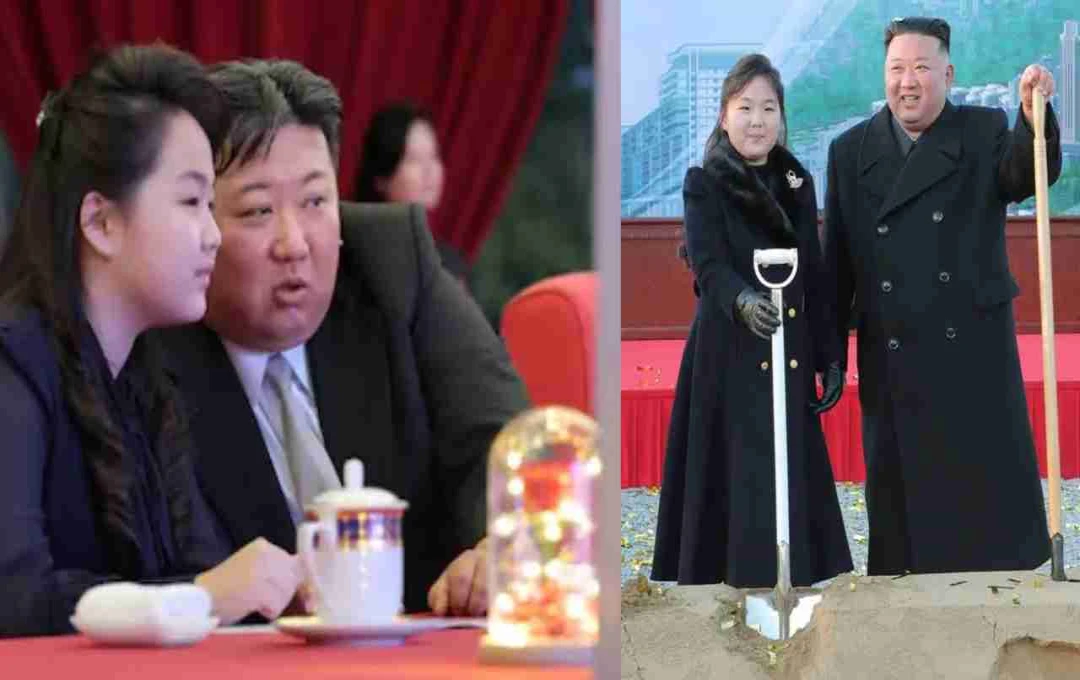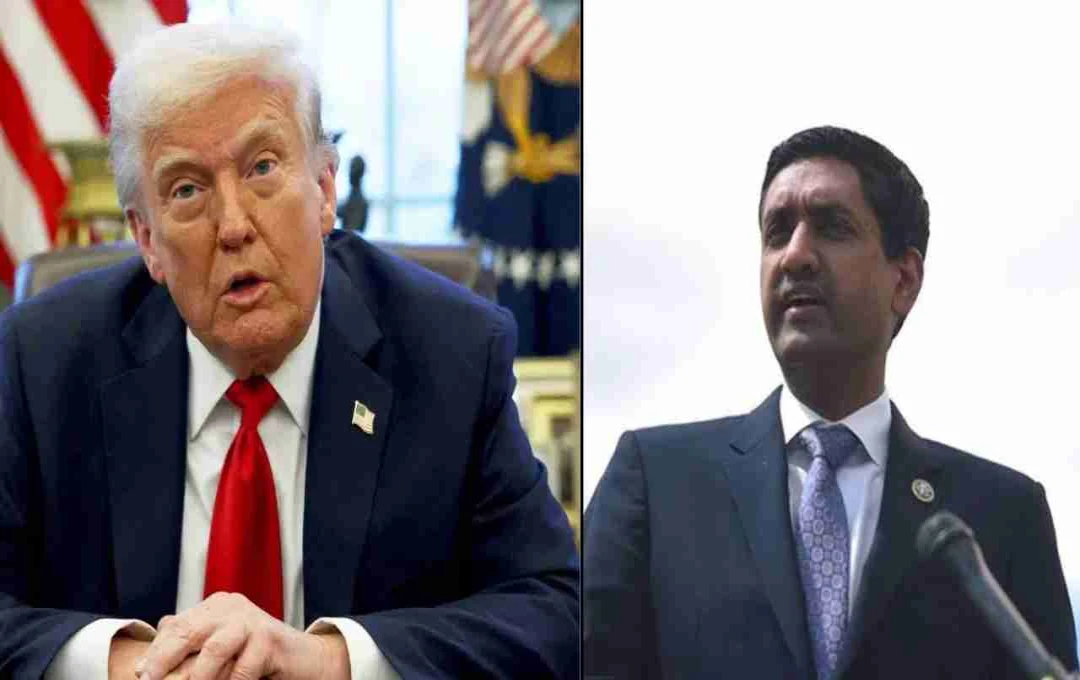Discussions on tax reforms are underway at the two-day GST Council meeting, which began on Wednesday under the chairmanship of Union Finance Minister Nirmala Sitharaman. Potential decisions include consolidating the four tax slabs into two, reducing GST on everyday items, and increasing taxes on luxury and sin goods. Opposition-ruled states have demanded compensation for revenue losses.
Council Meeting: The two-day meeting of the GST Council commenced on Wednesday, presided over by Union Finance Minister Nirmala Sitharaman. The meeting is deliberating on the implementation of GST reforms announced by the Prime Minister. Key potential decisions include reducing the existing four tax slabs to just two, lowering GST on everyday items like TVs and refrigerators, and increasing taxes on premium cars and harmful products. States ruled by opposition parties have requested compensation from the central government to offset potential revenue losses.
Proposal to Reduce GST Slabs to Two
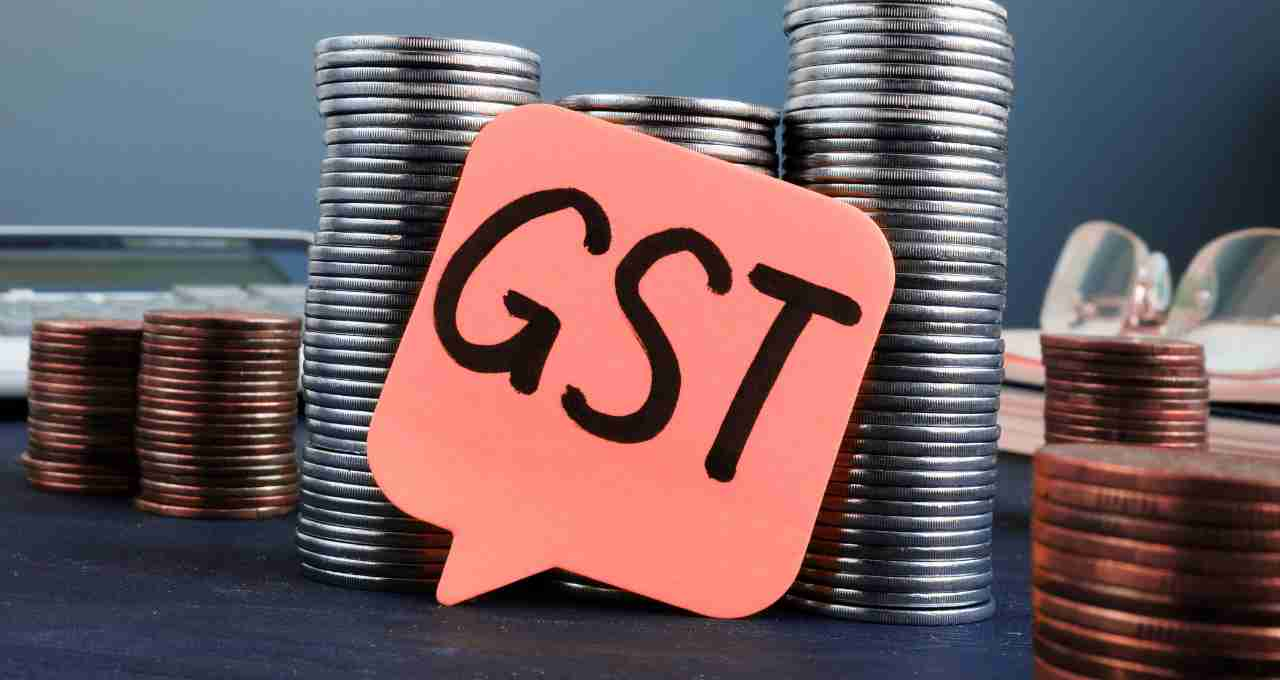
Currently, GST has four slabs: 5%, 12%, 18%, and 28%. The meeting is discussing the possibility of reducing these to just two slabs – 5% and 18%. The objective behind this is to simplify the tax structure and benefit common consumers. Experts believe this change will reduce the cost for consumers on everyday necessities and general goods.
Everyday Items to Become Cheaper
The meeting also proposes to shift electronic goods like TVs, washing machines, and refrigerators from the 28% slab to the 18% slab. Furthermore, plans are being made to move everyday items such as ghee, areca nut, bottled water, savories, medicines, and medical equipment, which are currently in the 12% slab, to the 5% slab. This is expected to provide direct relief to the common populace from rising prices.
Experts opine that this move will boost domestic consumption and promote economic growth. Additionally, small traders and farmers are also expected to benefit directly from this reform.
Taxes on Luxury and Harmful Products May Increase
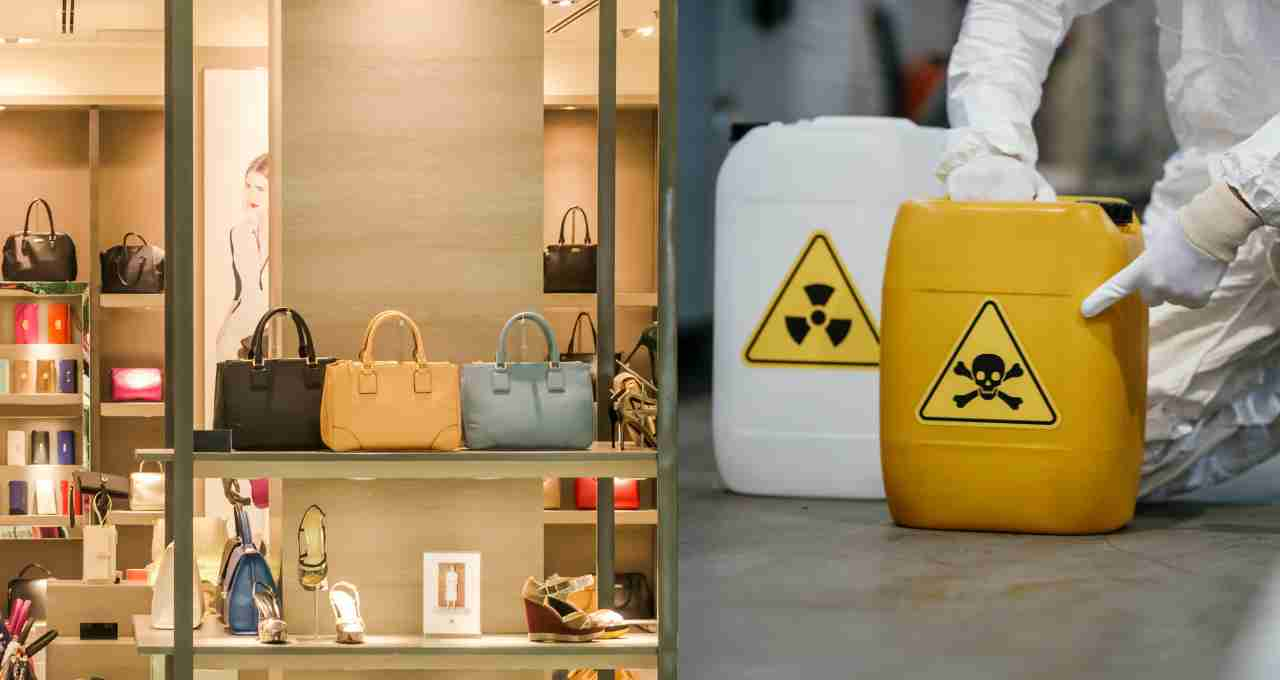
While providing relief to common consumers, the government is also planning to increase taxes on luxury and harmful products. Currently, premium cars and SUVs attract a 28% GST. The proposal is to bring them under a tax bracket of up to 40% under the new reform. Additionally, additional taxes may be levied on harmful products such as tobacco and alcohol.
The government's objective with this dual approach is twofold: to provide relief to the general public on one hand and to maintain revenue balance on the other. Financial experts believe this will also help in balancing the revenue of both the central and state governments.
States' Concerns and Demand for Compensation
Prior to the meeting, finance ministers from opposition-ruled states held discussions among themselves and demanded compensation from the central government. They stated that if the 12% and 28% slabs are abolished and only two slabs of 5% and 18% are retained, the revenue of state governments could be adversely affected. Finance ministers from Himachal Pradesh, Jharkhand, Karnataka, Kerala, Punjab, Tamil Nadu, Telangana, and West Bengal participated in this meeting.
The states also asserted that the center should take necessary steps to ensure their revenue security under the new slab system. This issue may also be significant in the meeting, and the decision on its resolution will impact the financial status of the states.
